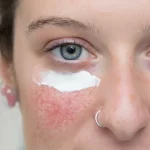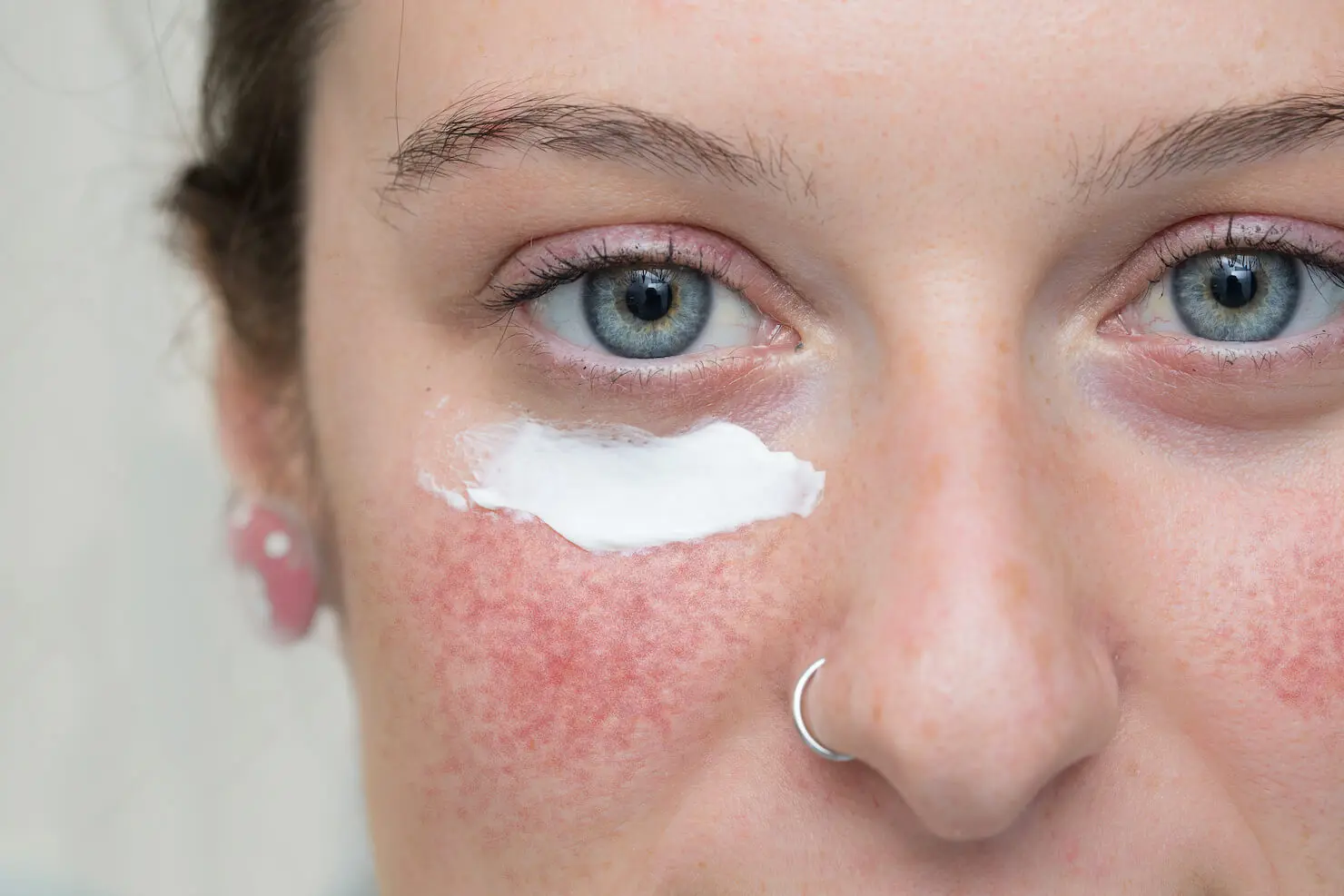Becoming a dermatologist takes many years of school and training. If you are asking what degree you need to be a dermatologist, the path starts with a bachelor’s degree, then medical school, and finally residency. At DermOnDemand, led by Dr. Hannah Kopelman, we focus on clear, expert guidance for anyone interested in dermatology education.
Key Takeaways
- To become a dermatologist, you must earn a bachelor’s degree, complete medical school, and finish a dermatology residency program.
- The best majors for preparing are biology, chemistry, or pre-med, since they include the science courses required for the medical college admissions test (MCAT).
- The full path usually takes 12 to 14 years, including college, years of medical school, clinical rotations, and residency.
- Board certification and passing licensing exams such as the United States Medical Licensing Examination (USMLE) or COMLEX are required before practicing independently.
- Subspecialties like pediatric dermatology or cosmetic dermatology offer additional specialization training and advanced career opportunities.
Degrees and Education Requirements
Bachelor’s Degree Needed for Dermatology
Every dermatologist begins with a bachelor’s degree. Most students choose biology, chemistry, or a related science. These classes build the base needed for medical school. Students also prepare for the Medical College Admissions Test (MCAT), also called the college admissions test.
Best Major for Dermatology
There is no official “dermatology major.” Still, biology, pre-med, and chemistry are the best choices. Some students study psychology or public health if they add the right science classes. The main goal is to be ready for medical school and future dermatology schooling.
MD vs DO Pathways
Dermatologists must go to medical school to earn either a Doctor of Medicine (MD) or a Doctor of Osteopathic Medicine (DO). Both degrees are accepted in the United States.
MD programs follow a traditional style, while DO programs include more training in whole-body care and internal medicine. Both require years of medical school, clinical rotations, and licensing exams.
Highest Degree in Dermatology
The highest degree is the medical doctorate. After this, some doctors choose more specialized training in pediatric dermatology, cosmetic dermatology, or dermatopathology. These fellowships do not add a new degree but give advanced skills in diagnosing and treating skin disorders.
Alternative Career Paths

Dermatologist Nurse Education Requirements
A dermatology nurse must complete a Bachelor of Science in Nursing (BSN). After passing the NCLEX exam, nurses can work with skin diseases under the guidance of a dermatologist. Their role focuses on patient care, education, and support.
Degree for Dermatologist Assistant
Dermatology physician assistants complete a bachelor’s degree and then a master’s in physician assistant studies. They help with exams, prescribe some medications, and assist in diagnosing and treating patients with skin diseases.
Years of School for a Dermatologist Assistant
The training for an assistant is shorter. Four years of undergraduate school plus two years of PA training equals about six years total. This offers a faster career in dermatology, though with less responsibility than a doctor.
Nurse vs Assistant vs Dermatologist Roles
- Nurse – Teaches patients and helps in treatment.
- Assistant – Performs exams and some treatments under a doctor.
- Dermatologist – Leads care, makes all diagnoses, and performs advanced treatments or surgery.
How to Become a Dermatologist Step by Step
College Prerequisites for Medical School
To apply to medical school, students need science courses like biology, chemistry, physics, and math. High grades, lab work, and volunteering in clinics help build a strong profile.
Medical School and Residency Training
Medical students spend four years in school. The first half covers topics such as anatomy, pathology, and pharmacology. The second half includes clinical rotations in areas like internal medicine and pediatrics. After that, doctors enter a dermatology residency program, which lasts four years and focuses on diagnosing and treating skin disorders.
Fastest Way to Become a Dermatologist
There is no quick path, but planning helps. Students can choose the right major early, prepare well for the MCAT, and apply to schools with strong dermatology residency options.
After 4 Years of College: Is It Possible?
No, four years of college are not enough. Those years give you a bachelor’s degree, but you still need medical school and residency. The full path takes more than ten years.
Timeline: How Many Years Does It Take?

How Many Years to Become a Dermatologist
The process takes 12 to 14 years. This includes four years of college, four years of medical school, and four years of residency. Some doctors add more time with fellowship training.
Advanced Fellowships and Subspecialties
Dermatologists may spend one to two more years in specialization training. Options include pediatric dermatology, cosmetic dermatology, and dermatopathology. These programs improve skills and expand career opportunities.
Licenses, Certifications, and Challenges
Required Exams: USMLE or COMLEX
Doctors must pass licensing exams to practice. MD students take the United States Medical Licensing Examination (USMLE). DO students take the Comprehensive Osteopathic Medical Licensing Examination (COMLEX)?
Board Certification in Dermatology
After residency, doctors can take the board certification exam from the American Board of Dermatology. This shows advanced skill and commitment to patient care. It is an important step in dermatologist education requirements.
Is Becoming a Dermatologist Hard?
Yes, the path is hard. It takes over ten years of school, passing many exams, and surviving a very competitive residency. Still, a career as a dermatologist is rewarding because it allows you to diagnose and treat a wide range of skin diseases.
Skills for Long-Term Success
Patient Care and Clinical Experience
Dermatologists need strong people skills. They must listen well, explain treatments clearly, and guide patients through care. Clinical rotations and residency give this experience.
Research, Technology, and Continuing Education
The field of dermatology changes often. New treatments for skin diseases and cosmetic care appear every year. Doctors must stay updated through research, new technology, and continuing education. DermOnDemand reflects this approach by offering digital-first, prescription-grade care.
Key Takeaways for Future Dermatologists
- Dermatologists need a bachelor’s degree, medical school, and residency.
- Nurses and assistants have shorter training but different roles.
- Training takes 12 to 14 years from high school to practice.
- Licenses and board certification are required.
- Subspecialties like pediatric or cosmetic dermatology expand skills.
Frequently Asked Questions
You need a bachelor’s degree in a science like biology or chemistry. This prepares you for medical school.
Biology, chemistry, or pre-med are the best majors. They include the courses needed for medical school and the MCAT.
No, you need medical school and a residency after college. Four years of college alone are not enough.
The highest degree is a medical doctorate (MD or DO). Some doctors add fellowships in pediatric dermatology or cosmetic dermatology.
Yes, because it takes over ten years, several exams, and a tough residency. Still, a career in dermatology is rewarding.
You need a Bachelor of Science in Nursing and a license. Nurses then work with dermatologists to help patients with skin disorders.
You need a bachelor’s degree plus a master’s in physician assistant studies. Assistants assist in diagnosing and treating patients under a doctor’s supervision.
It usually takes 12 to 14 years. This includes a bachelor’s degree, four years of medical school, and four years of residency.








